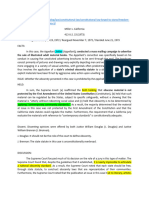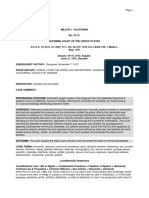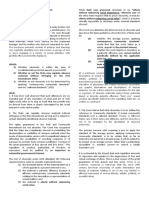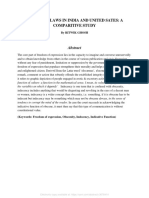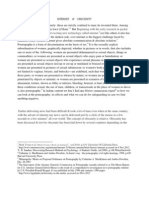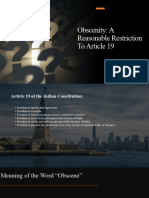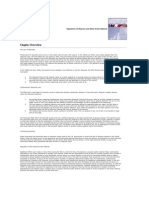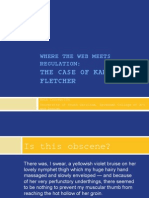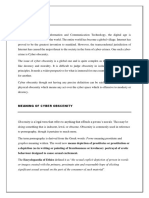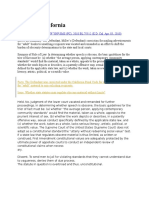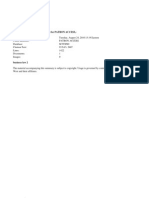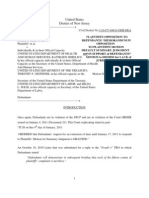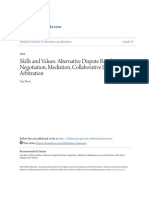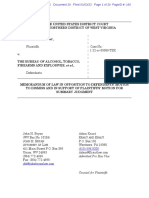0% found this document useful (0 votes)
27 views6 pagesJournal The Evolution of Obscenity
Obscenity is a topic that transcends both legal and ethical realms. Digital communicators can very easily create and disseminate content that is considered distasteful, but that doesn’t necessarily mean it is obscene or illegal (Southern New Hampshire University, 2023). There are two specific Supreme Court cases that helped define obscenity and shape the laws surrounding it which are outlined and applied in this journal.
Uploaded by
trinityphoenixofficialCopyright
© © All Rights Reserved
We take content rights seriously. If you suspect this is your content, claim it here.
Available Formats
Download as DOCX, PDF, TXT or read online on Scribd
0% found this document useful (0 votes)
27 views6 pagesJournal The Evolution of Obscenity
Obscenity is a topic that transcends both legal and ethical realms. Digital communicators can very easily create and disseminate content that is considered distasteful, but that doesn’t necessarily mean it is obscene or illegal (Southern New Hampshire University, 2023). There are two specific Supreme Court cases that helped define obscenity and shape the laws surrounding it which are outlined and applied in this journal.
Uploaded by
trinityphoenixofficialCopyright
© © All Rights Reserved
We take content rights seriously. If you suspect this is your content, claim it here.
Available Formats
Download as DOCX, PDF, TXT or read online on Scribd
/ 6

